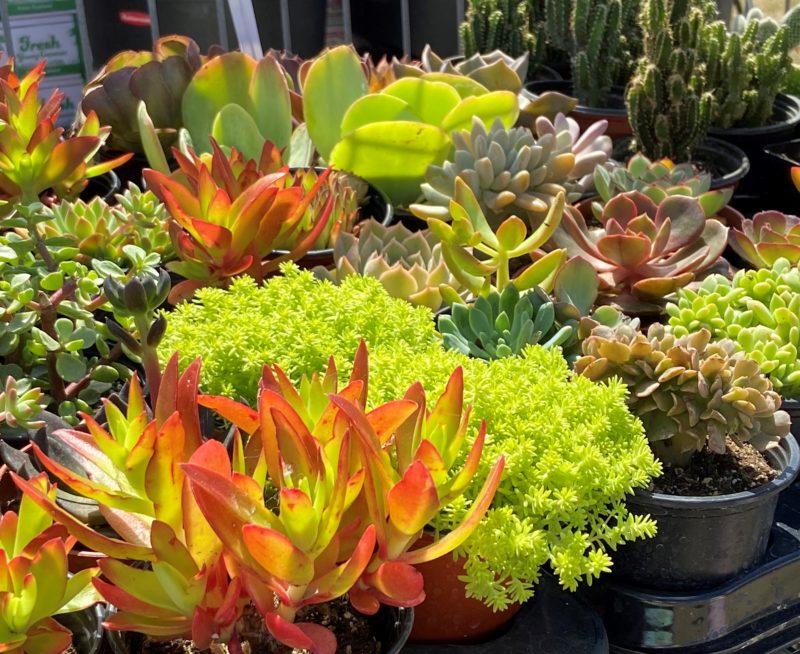i. low on storage
Just as we were about to watch a movie on Tuesday night, a little white message slid into the corner of my laptop screen: my Google Drive was 84% full. The next morning, I was reviewing the memory chapter from a psychology course, and it made me search up some memory disorders—I found something called “memory hoarding,” and it turns out I have it. Hence my dwindling storage.
Being nineteen, I’m able to trace the roots of this tendency to its origin in my childhood. Let me try and explain. During my shyest years, landscapes shifted around me. New school after new school, a new country flag and new language I would have to adjust to after barely adjusting to the last one. And naturally I would always long for my previous world, something I was familiar with, for the first few months at least. My emotional anchor became anything that had been in the old world and was still with me now. Back then it was my favorite few books I’d been allowed to bring overseas. They were physical and tangible things that were proof that at least some pieces of my life were constant. I remember treasuring them with something more than plain possessiveness of a child. Any risk of harm to those books, or losing them (i.e. lending them to other children) was a raw fear of mine. It was often attributed to pettiness, but it was more than that—and only now can I see that and understand. When young Sue’s world kept flipping on its axis, the only way of survival she knew was to hold onto anything constant and steady. She learned to cling to those things so hard that even after her world had stabilized, it was impossible to let go.
In my Google Drive storage, I found, were an almost-frightening magnitude of images and screenshots, some of which I couldn’t even comprehend why I’d bothered to keep. That’s memory hoarding (books from childhood became photos in teenhood, but beneath both is essentially the same anxiety: to keep pieces of the past close to me), and I found myself wondering what kind of intense fear must have gripped the fifteen-year-old Sue, the shy child-turned-teenager who, despite knowing she’d live out her middle and high school years in the same house, carefully captured every single to-do note and room wall photos.
ii. cleaning up
One thing I know is that I’ve gotten better. I lean less on the past and stand more on my own. I take less photos of objects and rooms. I screenshot less messages or links. When I let these moments flow freely through me instead of trying to block them like a dam-rimmed stagnant pool, life is easier, more lively, more vivid. A sapling tied down to the ground by a dozen strings can’t grow. So today I began to sever them, one by one, only leaving a few necessary ones. I organized my Drive, clearing up space, and I knew that I would be okay without them.
Old habits die hard. I’ll always be a person who looks over her shoulder from time to time, remembering and reconnecting with the child I used to be, and then emerging back into my present self with a richer understanding of the person I am. But right now, in this present chapter of my life, my first summer back home from college, I’m learning to release my grip on the past a little so that I can be free to move in the present. Westdale Village is lovely in the afternoon. So are swans under willow trees and the tulips beneath the Bayfront Park sign. I’m afraid of losing my memories, but not being able to make new ones is even worse.
So anyway, that’s what I did today—and then I even went through my phone. I scrolled through the monstrous album of photos from my spring semester. I smiled, organized them, transferring them into a hard drive. Like that, I locked my treasures into compartments and clipped shut the latches on the trunk.
That done, I deleted them. My phone has more storage now—so does my Google Drive—and I am standing as straight as a liberated tree and wind flows through my open hands.
